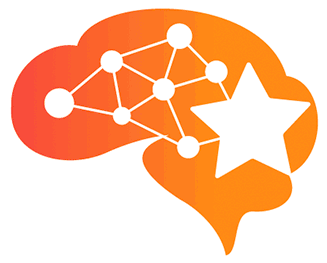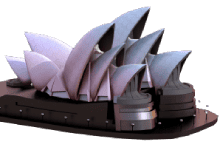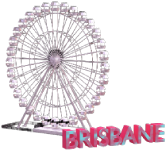It went by in a flash. There were thousands of people, bright colours, a lot of excitement, and it all took place in the renowned city of Boston. Though it may appear to be similar to Pearl Jam at Fenway Park, it was actually the annual inbound conference, hosted by HubSpot. The four-day event brought together experts. On the final day of the conference, HubSpot’s CEO and co-founder, Brian Halligan, delivered a keynote address in which he bid farewell to one of the sector’s most trusted friends: the funnel.
Halligan’s New Growth Model
The retirement of the funnel, while it may be a cause for laughter, is also a time to mourn the death of a classic marketing approach. The flywheel, according to Halligan’s new growth model, comprises three phases: attracting clients, engaging them, and then delighting them. Unlike the funnel, however, this new approach keeps gaining steam throughout each phase, with little or no friction.
Anything that makes the buyer’s path more difficult is known as friction. Salespeople have traditionally led the sales process. They had access to all of the information that customers required, so they spoke with company representatives before making a purchase. That is no longer the case in most circumstances today. The internet is now the first stop for product information for consumers. If a potential customer faces difficulties in obtaining information from your firm—whether through your website or some other method—it adds friction to their experience. The more obstacles a potential customer encounters on their journey, the less inclined they are to do business with you.
However, if there is little friction, consumers are more likely to buy. According to the funnel approach, after they’ve bought, there’s nothing left to do as per the theory. But as every successful marketer, business owner, and customer support professional knows, that isn’t accurate. If a client is pleased with your goods or services, they are more likely to buy from you again and seek your business’s advice. They may also recommend your firm to their friends and even go on to review websites like Yelp or Facebook in order to express their appreciation. So it makes no sense to put them back into the top of the funnel, alongside people who are unfamiliar with your firm and maybe potential customers.
Out With the Old
You’re losing all of the momentum you built up in gaining your customers if you use the funnel model. Not only does acquiring a new customer cost five times more than retaining an existing one, but those existing consumers may also be your most effective marketing machines.
The flywheel model keeps spinning and gaining momentum through each phase, which is essential in meeting the demands of today’s clients while minimizing friction throughout the purchase process.
Customers are more interested in how you sell rather than what you’re selling. You provide a more efficient and overall better client experience by leveraging the momentum you’ve already built with your existing clients. The funnel, despite its popularity, isn’t nearly as successful nowadays.
So, as we send the funnel off with a gold watch and say good-bye, we’re also greeting you to the era of the flywheel.





